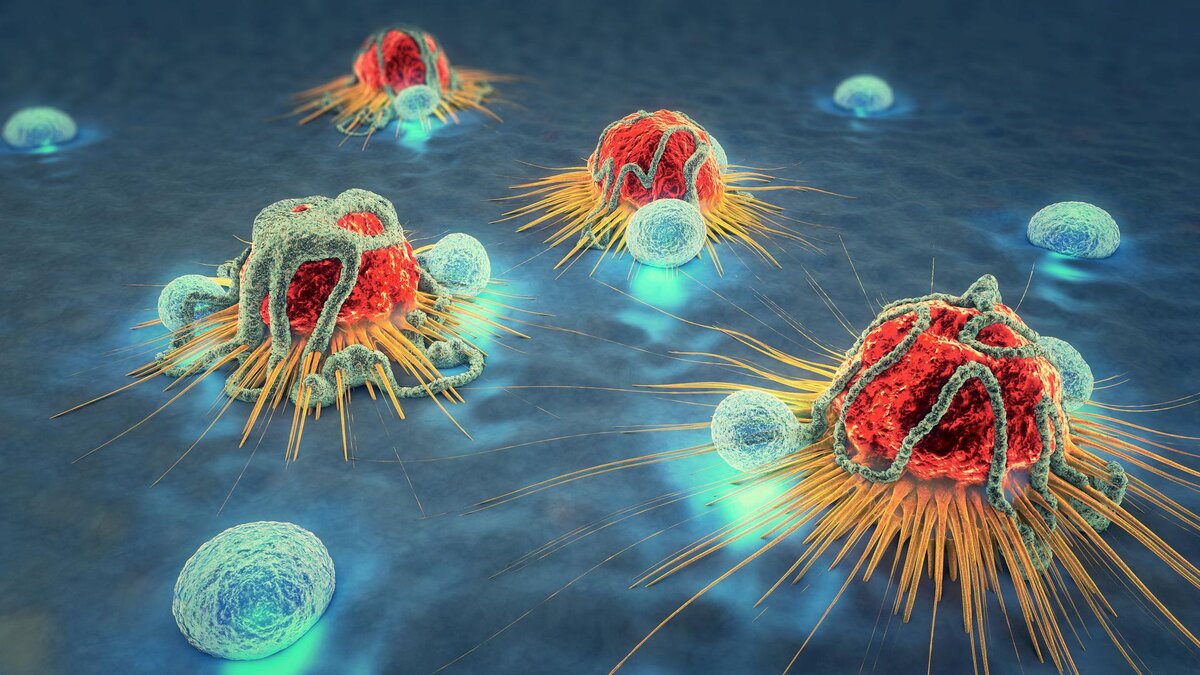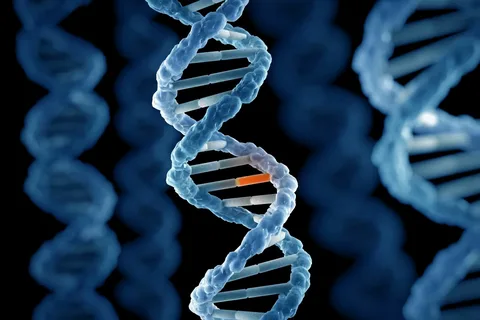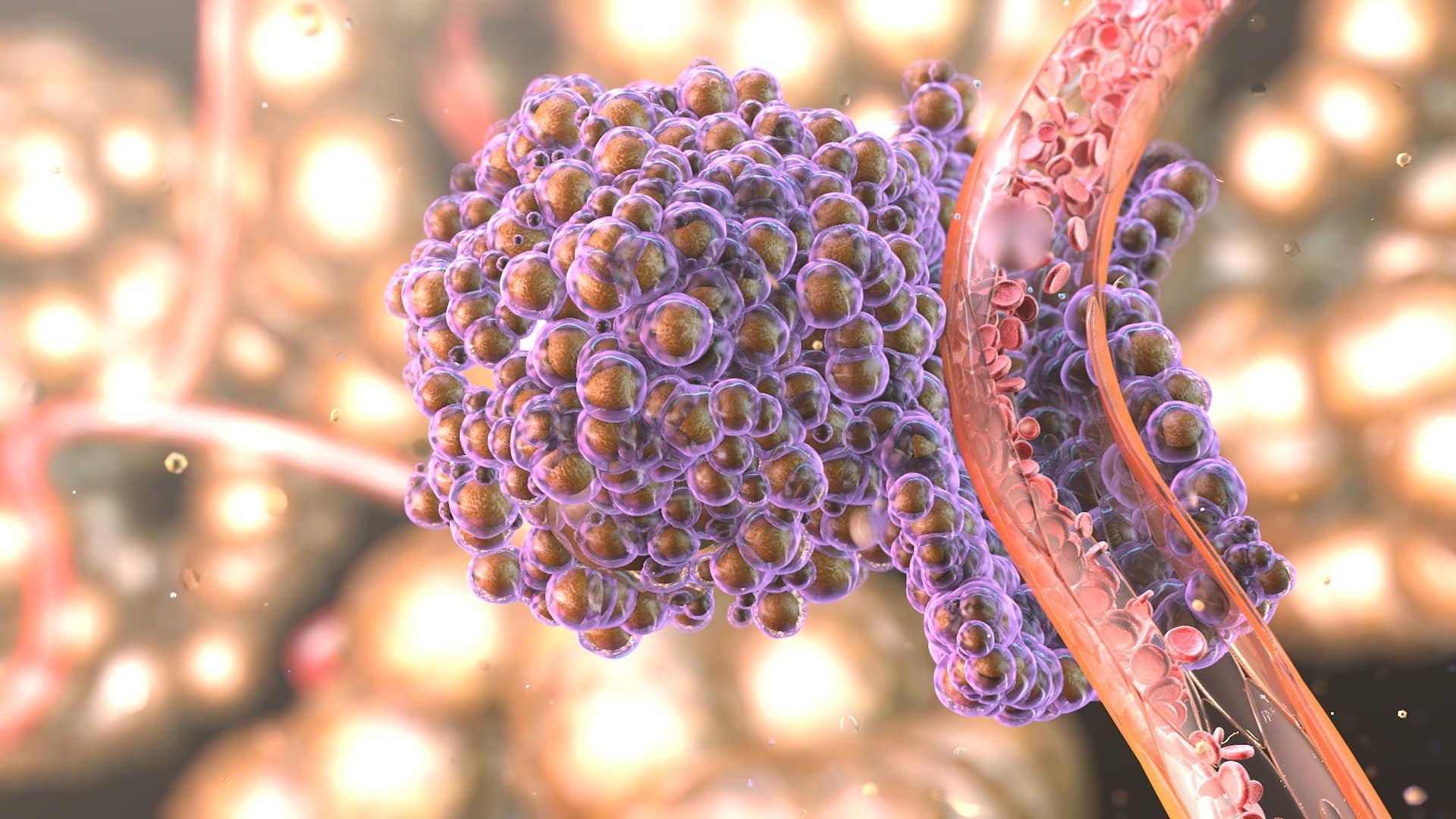Theories of Carcinogenesis and Signs of Malignancy
Machine translation
Original article is written in articles.localeLanguage (link to read it) .
In recent years, there has been a steady increase in the incidence of malignant neoplasms. Dentists also face the need to assist oncological patients, therefore it is important for them to possess a high level of knowledge in prevention, diagnosis, and treatment of malignant tumors. The problem of oncological diseases in the maxillofacial area is associated with the relentless increase in morbidity and mortality of patients, and the insufficiently comprehensive knowledge of specialists about the clinical symptoms of malignant neoplasms and treatment tactics.
For more current information on various diseases of the maxillofacial area, visit the section Training in Oral and Maxillofacial Surgery.
Theories of Carcinogenesis
Carcinogenesis is a complex pathophysiological mechanism of tumor occurrence and development. There are several theories of carcinogenesis, however, the mutation theory is considered the main, generally accepted one. Two key factors that contribute to the development of cancer are highlighted:
- constant injury, irritation;
- exposure to specific substances, named carcinogens.

Figure 1. Cancer vigilance.
In turn, carcinogenic substances, of which there are many known today, can be divided into two large groups:
- exogenous carcinogens – substances found in the external environment, including: aniline dyes, polycyclic hydrocarbons, benzopyrenes, phenanthrenes, aminoazo compounds, aromatic compounds, asbestos;
- endogenous carcinogens – substances normally present in the human body and performing a useful function, but capable of provoking cancer development under certain changes.
Endogenous carcinogens include: steroid hormones, vitamin D, cholesterol, tryptophan metabolism products.
Neoplasms are considered polyetiological diseases, there is no single key factor causing tumor development. This process is determined by a combination of different factors and conditions, with genetic predisposition playing an important role.

Figure 2. Cancer cells.
The mutational theory of carcinogenesis is based on the idea that cancer in the body is the result of the accumulation of mutations in individual fragments of cellular DNA, leading to the formation of defective proteins. Theodor Boveri, a German biologist, is considered the founder of the mutational theory. All the variety of opinions regarding the etiology of cancer boils down to four key theories.
Virus-genetic theory
The leading role in the development of neoplasms belongs to oncogenic viruses. According to this theory, the process of carcinogenesis undergoes two phases, in which the role of the virus is different. During the first phase, viruses affect the cellular genome, transforming healthy cells into tumor cells, in the second phase, the formed tumor cells proliferate, here the role of the virus is absent.
About 20% of known viruses contribute to the development of various forms of neoplasms in experimental animals under laboratory conditions. The possibility of transmitting cancer-causing viruses through milk has been established.
Physicochemical Theory
At the end of the 19th century, there existed an irritation theory that explained the etiology of cancer development. The physicochemical theory represents a further development of the irritation theory with a number of changes and additions. There are several malignant neoplasms that are considered occupational diseases:
- skin cancer on the hands of radiology department workers,
- lung cancer caused by dust in workers at cobalt mines,
- lung cancer in individuals who smoke consistently and over a long period,
- bladder cancer is typical for patients in constant contact with aniline dyes.

Figure 3. The emergence of a mutation.
There is evidence of the influence of radioactive isotopes on the development of tumors. The development of cancer is caused by the impact of carcinogens.
Dysontogenetic theory
This theory suggests that the source of malignant tumors are embryonic cell-tissue displacements, tissue development pathologies caused by the impact of provoking factors.
Polyetiological theory
At its core is a combination of various factors (viral, parasitic, chemical, physical, dys-hormonal), capable of causing a serious metabolic disorder. The emergence of a tumor cell is conditioned by the influence of various factors due to mutation – transformation of the genome, the result of which becomes the formation of a clone of cancer cells.
Signs of malignant tumors
Malignization is the final stage of tumor growth, characterized by visible manifestations, another name – the stage of malignancy. Let's consider the general signs of malignancy:
- The cell acquires the ability to divide and reproduce uncontrollably and without restraint.
- Cell atypia: tumor cells differ in appearance from the cells of the tissue where the tumor originally developed. When the neoplasm grows rapidly in size, it is predominantly composed of unspecialized cells (in the case of excessively rapid growth, it is impossible to determine the tissue that is the source of the tumor growth). With slow growth, the tissue cells retain similar features to normal cells and partially perform their previous functions.
- Against the background of uncontrolled division, there is a pathology of differentiation, the cell remains young and immature (this property is anaplasia).
- Independence, or autonomy, from the organism, from the stimuli that control and regulate life processes. The faster the tumor grows, the less differentiation of cells and the more pronounced the autonomy of the neoplasm.
- In the case of a benign tumor, there is no disruption of proliferation and differentiation, during the growth of this tumor, the number of cells increases, as a result of which the surrounding tissues are pushed aside or compressed. In the case of a malignant tumor, infiltrative growth is observed, when cells penetrate the surrounding tissues, destroying them in the process.
- Metastasis. Metastases are fragments of the tumor, cells capable of spreading through the lymph or blood throughout the body, forming new tumor foci. Metastasis is a typical sign of malignancy of the tumor.
- Negative impact of tumor tissue on the patient's body: intoxication caused by the metabolic products of the neoplasm, decay of the tumor. The tumor focus deprives the body of most energy substrates, nutrients, plastic components. All the above factors together represent cancer cachexia (depletion of life support). The tumor process is characterized by the following features: pathological proliferation, pathology of cell differentiation, which are typical of functional, biochemical, and morphological atypism.
- The diversity of cells in the tumor focus is a property of polymorphism, another characteristic of the malignant process.

Figure 4. Metastasis.
Processes that contribute to the formation of a tumor focus
Normally, the oral cavity mucosa consists of three layers: epithelium, lamina propria, and submucosal base. Fibrous structures of the basal membrane separate the epithelial layer from the lamina propria, which near the epithelium contains numerous papillae that penetrate deep into the epithelial layer. Without a sharp boundary, the lamina propria transitions into the submucosal base, which is represented by loose connective tissue, where small vessels and salivary glands are located. The more pronounced the submucosal base, the greater the degree of mobility of this section of the oral mucosa.
Exudative and alternative disturbances are characteristic of the acute inflammatory process, proliferative for chronic. The described changes contribute to the disruption of keratinization, which triggers the mechanisms of tumor transformation. From here, it is customary to distinguish processes that influence the formation of cancer.
Acanthosis – proliferation of spinous and basal cells, leading to thickening of the epithelial layer, which is expressed in the appearance of lichenification and nodules.
Parakeratosis – a pathology of keratinization with the appearance of foci of vegetation, lichenification, nodules. Microscopically, it is characterized by complete or partial loss of the granular layer in the epidermis due to impaired maturation of keratohyalin and eleidin. Sticky keratin disappears from the horny layer, resulting in flaking of the epidermis, where scales are easily removed.

Figure 5. Peeling of the red lip border.
Dyskeratosis is a disorder of keratinization of some epithelial cells. Malignant dyskeratosis is observed in squamous cell carcinoma, Bowen's disease. Hyperkeratosis is a process in which the horny epithelial layer excessively thickens due to intense keratin formation.
Always up-to-date information on various sections of dentistry can be found on the website.

/public-service/media/default/442/2zm3s_671a1794081f3.png)